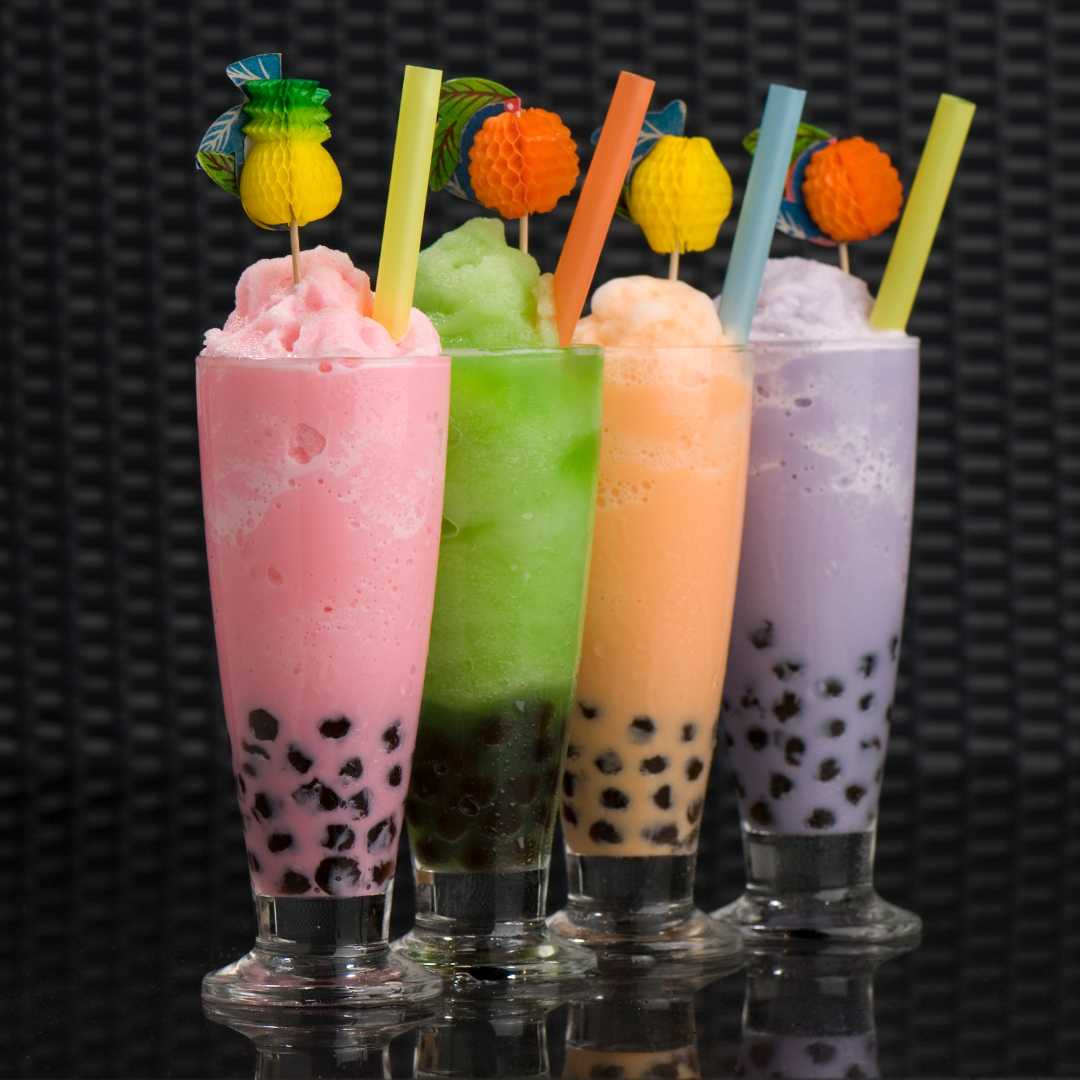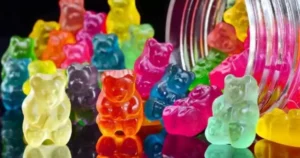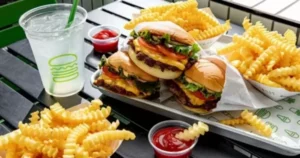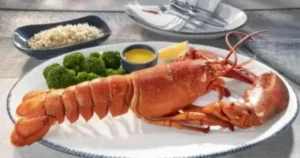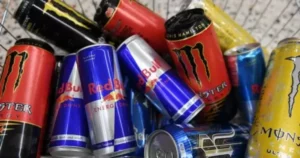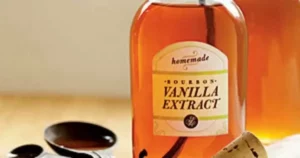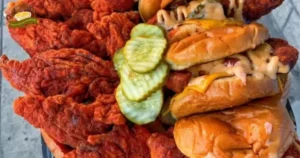If you’re a fan of iced tea, smoothies, or milkshakes, then you’re sure to love bubble tea. This popular beverage originated in Taiwan and has quickly gained popularity around the world, thanks to its refreshing taste, unique texture, and endless flavor options. In this article, we’ll take a closer look at bubble tea, including what it is, how it’s made, and the many different types and flavors you can try.
What is Bubble Tea?
Bubble tea, also known as boba tea or pearl milk tea, is a type of tea-based beverage that typically contains tea, milk, and chewy tapioca balls (also known as boba or pearls). It originated in Taiwan in the 1980s and quickly spread throughout Asia and beyond. The drink is typically served cold and can be customized with a variety of flavors and toppings.
How is Bubble Tea Made?
Bubble tea is typically made by first brewing a strong tea, such as black or green tea, and then mixing it with milk and sweetener (if desired). Tapioca balls are then added to the bottom of the cup, and the tea mixture is poured over them. The drink is typically served with a large straw, which allows you to sip up the chewy tapioca balls.
Types of Bubble Tea
There are many different types of bubble tea available, including variations on the tea base, milk, sweetener, and toppings. Here are some of the most popular types of bubble tea:
Milk Tea
Milk tea is one of the most popular types of bubble tea and typically contains black tea, milk, and sweetener. It can be customized with a variety of flavors, such as taro, honeydew, or matcha.
Fruit Tea
Fruit tea is another popular variation of bubble tea that typically contains a fruit-flavored tea, such as passionfruit or peach, mixed with fresh fruit and sometimes milk or yogurt.
Smoothie
Bubble tea smoothies are made with a fruit or vegetable puree, milk, and often ice. They come in a variety of flavors, such as mango, strawberry, or avocado.
Slushie
Slushie-style bubble tea is made with blended ice and a fruit or tea base, giving it a frosty, slushie-like texture.
How to Make Bubble Tea at Home
While bubble tea is readily available at many cafes and specialty shops, it’s also possible to make it at home. Here’s a basic recipe for making bubble tea:
Ingredients:
- 1 cup brewed tea (black, green, or fruit-flavored)
- 1/2 cup milk (dairy or non-dairy)
- 2 tablespoons sweetener (such as honey, sugar, or agave)
- 1/4 cup tapioca balls
- Ice cubes
Instructions:
- Brew tea according to package instructions and allow it to cool.
- Cook tapioca balls according to package instructions and set aside.
- In a blender, mix together the cooled tea, milk, and sweetener until smooth.
- Add ice cubes to a glass, followed by the cooked tapioca balls.
- Pour the blended tea mixture over the tapioca balls and stir to combine.
- Insert a large straw and enjoy!
Benefits of Bubble Tea
In addition to being a tasty treat, bubble tea may also offer some health benefits. Here are a few potential benefits of drinking bubble tea:
Antioxidants
Tea is a rich source of antioxidants, which may help protect against chronic diseases such as heart disease and cancer.
Hydration
Drinking bubble tea can be a good way to stay hydrated, especially if you opt for a fruit tea or smoothie that contains fresh fruit.
Energy Boost
Many types of bubble tea contain caffeine, which can provide a quick energy boost. However, it’s important to be mindful of your caffeine intake and choose decaf options if necessary.
Tasty and Fun
One of the most obvious benefits of bubble tea is that it’s simply delicious and fun to drink. With so many different flavors and toppings to choose from, there’s always something new to try.
Potential Drawbacks of Bubble Tea
While bubble tea can be a tasty and refreshing treat, there are some potential downsides to consider. Here are a few possible drawbacks of drinking bubble tea:
High in Sugar
Many types of bubble tea contain high levels of sugar, which can contribute to weight gain, tooth decay, and other health issues.
Tapioca Balls
While tapioca balls are one of the defining features of bubble tea, they may not be for everyone. Some people find the texture to be unpleasant or even choking hazards.
Caffeine
While caffeine can provide an energy boost, it can also lead to jitters, anxiety, and other negative side effects in some people.
FAQs
Q1) Is bubble tea healthy?
Bubble tea can be a healthy treat when consumed in moderation and with mindful choices of ingredients. However, some variations may contain high levels of sugar and caffeine.
Q2) What flavors of bubble tea are most popular?
Some of the most popular flavors of bubble tea include taro, matcha, fruit tea, and milk tea.
Q3)Can I make bubble tea at home?
Yes, bubble tea can be made at home using basic ingredients and tapioca balls, which are readily available at most Asian grocery stores.
Q4) Are there any vegan options for bubble tea?
Yes, many cafes and specialty shops offer vegan options for bubble tea, which use non-dairy milk and sweeteners.
Q5) How many calories does bubble tea contain?
The calorie content of bubble tea can vary widely depending on the type and ingredients used. On average, a single serving of bubble tea may contain anywhere from 150 to 500 calories.
